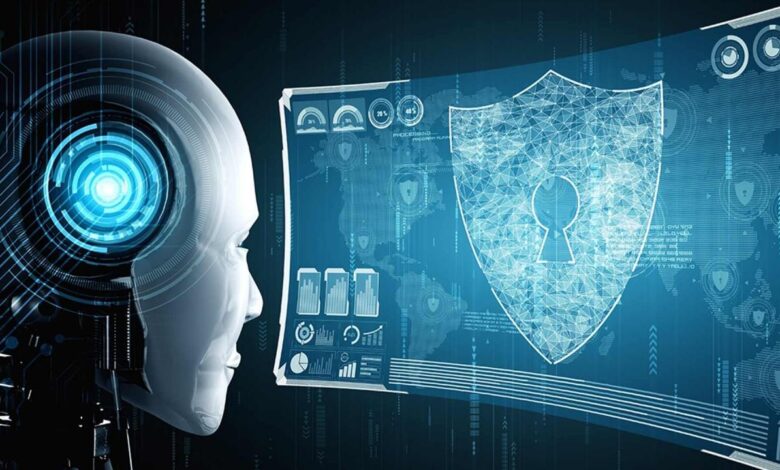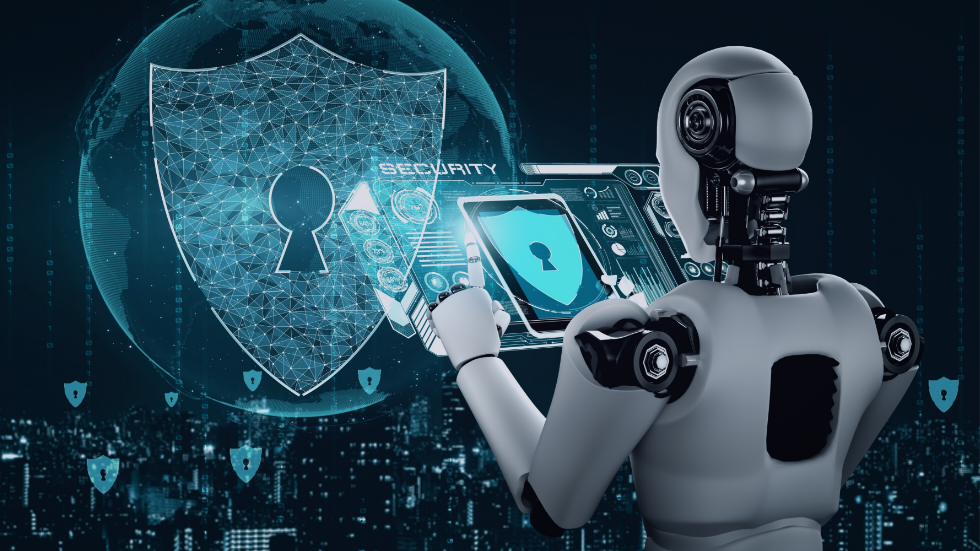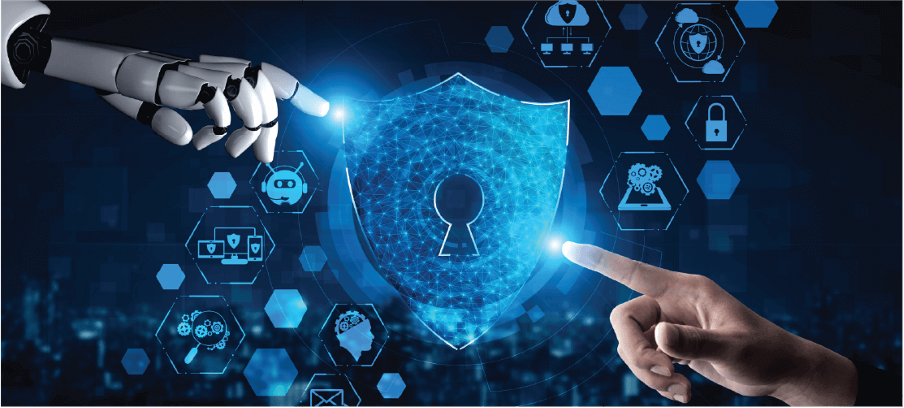Cybersecurity Evolves Proactive Approach to Defense

The digital world is a double-edged sword: it offers unprecedented connectivity and opportunity, but also creates a new frontier for threats. As our lives become more intertwined with technology, from smart homes to global financial systems, the need for robust cybersecurity has never been more critical. The traditional model of defense—relying on firewalls and antivirus software—is no longer sufficient to combat the increasingly sophisticated and automated attacks orchestrated by cybercriminals, nation-states, and malicious actors. We are now in a new era of cybersecurity, one defined by continuous innovation and a proactive, rather than reactive, approach to defense. This article will take a deep dive into the most significant innovations shaping this new era, exploring the power of artificial intelligence, the promise of a zero-trust model, the rise of quantum-resistant cryptography, and the profound impact these changes will have on our digital lives.
Artificial Intelligence in Cybersecurity

The scale and speed of modern cyberattacks are too great for human analysts alone. Artificial intelligence (AI) and machine learning (ML) are becoming the frontline guardians of our digital infrastructure, automating defense and providing unparalleled predictive power.
A. Predictive Threat Intelligence
Instead of waiting for an attack to happen, AI can analyze vast amounts of data from a multitude of sources—including network traffic, threat feeds, and public forums—to predict and identify potential threats before they materialize.
- Behavioral Analytics: AI can learn the “normal” behavior of a network and its users. When it detects an anomaly—like a user accessing a file they never have before or a device communicating with a known malicious server—it can flag it as a potential threat. This is a powerful shift from rule-based detection to a more dynamic, behavior-based approach.
- Automated Threat Hunting: AI-powered systems can continuously scan a network for signs of a breach, such as malware or unauthorized activity, working tirelessly around the clock to find and neutralize threats that may have bypassed initial defenses.
- Threat Forecasting: By analyzing global attack patterns and trends, AI can forecast where a new threat might emerge, allowing organizations to bolster their defenses in advance.
This proactive approach fundamentally changes the game, allowing defenders to get ahead of attackers rather than playing catch-up.
B. Automated Response and Remediation
Once a threat is detected, time is of the essence. AI is automating the response, reducing the time from detection to mitigation from hours to seconds.
- Automated Containment: When an AI system detects a breach, it can automatically isolate the affected device or network segment, preventing the malware from spreading to other parts of the system.
- Intelligent Remediation: AI can analyze the nature of the attack and automatically apply a patch, remove malicious files, or reconfigure a system to close a vulnerability.
- Deception Technology: AI can create “honeypots”—decoy systems designed to lure attackers. Once an attacker engages with a honeypot, the AI can gather information about their methods and tactics, helping to improve the overall security posture.
The Zero-Trust Model
The traditional security model is based on the idea that everything inside a network’s perimeter can be trusted. The zero-trust model flips this on its head, assuming that nothing inside or outside the network can be trusted until it is verified.
A. “Never Trust, Always Verify”
This simple mantra is the core of the zero-trust philosophy. Every user, every device, and every application—regardless of its location—must be authenticated and authorized before it is granted access to a resource. This is a critical shift in a world where workforces are increasingly remote and assets are scattered across multiple cloud environments.
B. The Key Principles of Zero-Trust
The zero-trust model is built on several key principles.
- Micro-segmentation: A zero-trust network is divided into small, isolated segments. This ensures that if a malicious actor gains access to one part of the network, they cannot move laterally to other segments, containing the damage and making it easier to remove them.
- Least Privilege Access: Users are only granted the minimal level of access they need to perform their job. This reduces the attack surface and minimizes the potential damage if an account is compromised.
- Continuous Monitoring and Authentication: The zero-trust model requires continuous authentication and authorization. Even after a user is granted access, their session is continuously monitored for anomalous behavior. If something suspicious is detected, their access can be revoked immediately.
This model is a powerful defense against insider threats and the lateral movement of attackers, a common tactic in many modern cyberattacks.
The Quantum Threat and Quantum-Resistant Cryptography
A new, existential threat looms on the horizon: the quantum computer. A sufficiently powerful quantum computer could, in theory, break the most widely used encryption standards (like RSA) that secure everything from online banking to government communications.
A. Post-Quantum Cryptography (PQC)
To counter this looming threat, cryptographers are developing new quantum-resistant algorithms that can withstand attacks from both classical and future quantum computers.
- The New Algorithms: PQC involves a new class of mathematical problems that are difficult for both classical and quantum computers to solve. These algorithms will replace the current cryptographic standards and ensure the long-term security of our data.
- The “Cryptographic Migration”: The transition to these new algorithms will be a massive undertaking, requiring the global technology community to update everything from operating systems to internet protocols. This is often referred to as a “cryptographic migration,” and it is already underway.
- Quantum Key Distribution (QKD): In addition to PQC, researchers are exploring Quantum Key Distribution (QKD), a method that uses the principles of quantum physics to create and distribute un-hackable encryption keys. This is a long-term solution for secure communication.
The race to develop and deploy these new cryptographic standards is a critical priority for governments and corporations worldwide.
The Road Ahead
While these innovations are cause for optimism, the cybersecurity revolution is not without its significant challenges.
A. The Talent Gap
There is a severe global shortage of skilled cybersecurity professionals. As cyber threats become more complex, the demand for trained analysts and engineers is skyrocketing. This requires a new focus on:
- Education and Training: Investing in cybersecurity education at all levels, from universities to vocational schools.
- Automation and AI: Using AI and automation to augment the capabilities of human analysts, allowing them to focus on more complex, strategic tasks.
B. The Human Element
Humans remain the weakest link in any security system. Phishing, social engineering, and a simple lack of awareness are still the most common vectors for a cyberattack. A proactive defense must include a focus on:
- Security Awareness Training: Regular training and education to make employees and individuals more aware of the risks and how to protect themselves.
- User-Friendly Security Tools: The development of security tools that are intuitive and easy to use, so users are more likely to adopt them.
C. The Evolving Threat Landscape
The challenge for cybersecurity is that the threat is not static. Cybercriminals and malicious actors are constantly innovating and developing new tactics. This requires a new mindset of continuous learning, adaptation, and collaboration across the globe.
Conclusion
The age of simple firewalls and antivirus software is over. We are in a new era of cybersecurity, a dynamic and continuous battle against an ever-evolving threat landscape. The most significant innovations of this era are fundamentally reshaping our approach to defense, moving us from a reactive stance to a proactive one. The power of artificial intelligence is providing a new layer of protection, enabling us to predict, detect, and automatically respond to threats at a speed and scale that is impossible for human analysts alone. This technology is becoming our digital guardian, tirelessly working to secure our networks and data. Similarly, the zero-trust model is a philosophical and practical shift that is making our systems inherently more resilient. By assuming that no one or nothing can be trusted, it eliminates the weakest link in a security chain and contains a breach before it can spread. This is a critical departure from the old model and a necessary evolution for a world where our digital assets are no longer confined to a single, easily defensible perimeter.
Looking ahead, the looming threat of quantum computing is pushing the boundaries of cryptography, driving a global race to develop new, quantum-resistant algorithms that will secure our data for generations to come. The “cryptographic migration” to these new standards will be a monumental undertaking, but it is a necessary step to ensure the long-term integrity of our digital world. However, as we embrace these technological marvels, we must also confront the significant challenges that remain. The severe talent gap in the cybersecurity industry requires a renewed focus on education and training. The human element, still the most common entry point for an attack, necessitates a greater emphasis on security awareness and user-friendly tools. The ever-evolving nature of cyber threats demands a commitment to continuous learning and collaboration. The future of cybersecurity is not about building an impenetrable fortress but about creating a resilient, adaptable, and intelligent system that is prepared for a continuous, low-level conflict. The innovations unveiled in this new era are not just about protecting data; they are about safeguarding our way of life in an increasingly connected world.


